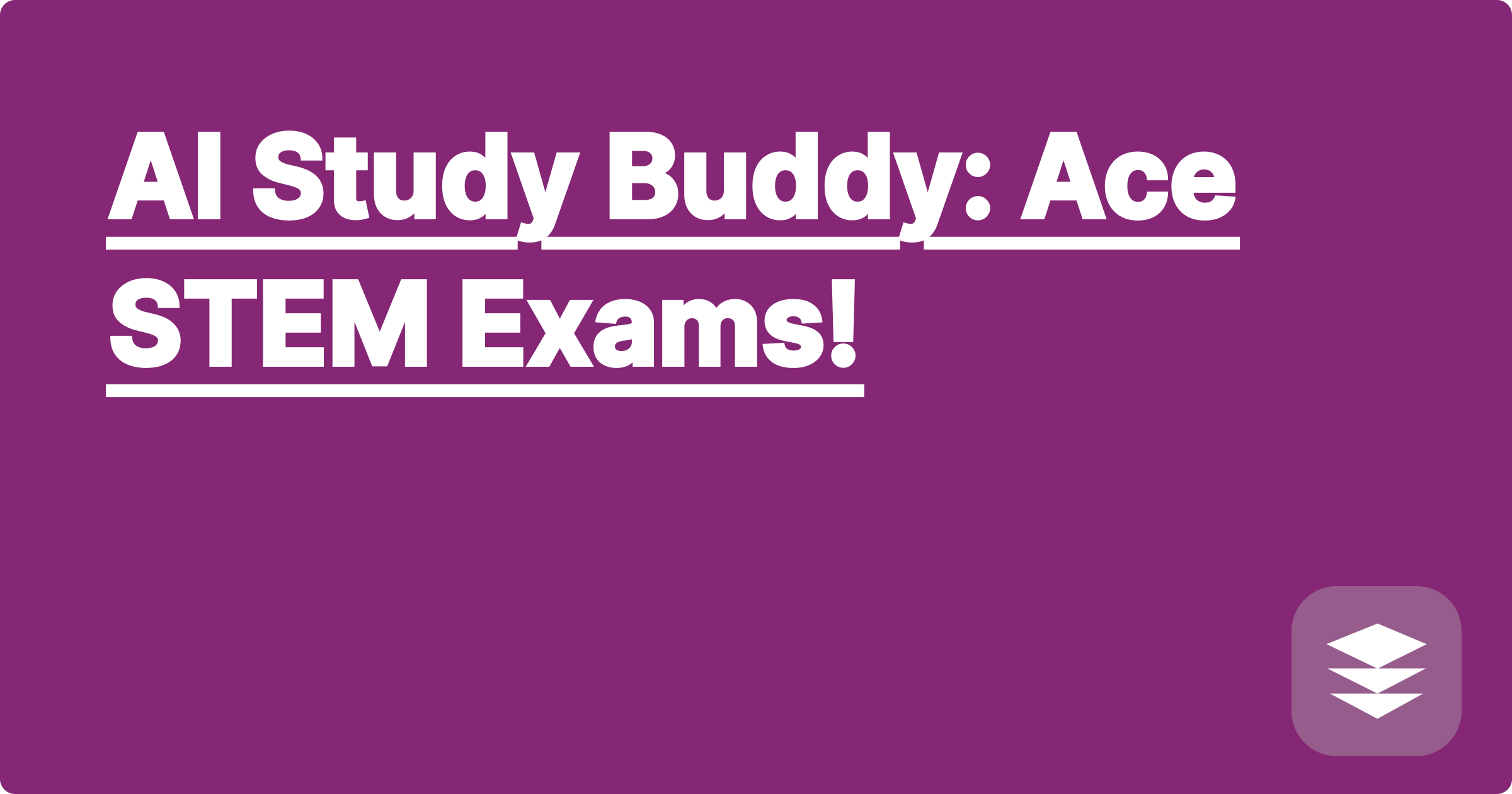
The world of STEM is built on data. From complex equations in physics to intricate biological systems, data is the foundation of discovery and innovation. But managing, analyzing, and visualizing this data can be a significant hurdle for students and researchers alike, often consuming valuable time and resources that could be spent on the core aspects of their work. Imagine having a tireless research assistant, capable of sifting through mountains of data, identifying key trends, and even helping you visualize complex concepts in seconds. This is the promise of AI, offering a powerful set of tools to revolutionize how we approach STEM education and research.
This isn't just about making things easier; it's about unlocking new possibilities. By leveraging AI, STEM students and researchers can significantly boost their productivity, allowing them to focus on critical thinking, problem-solving, and developing innovative solutions. This blog post dives into the practical applications of AI in STEM, specifically focusing on how tools like ChatGPT, Claude, Wolfram Alpha, and hypothetical personalized AI partners (let's call it GPAI) can transform data analysis and visualization, ultimately leading to academic success and groundbreaking research.
STEM fields often involve working with large datasets, requiring complex statistical analysis and visualization techniques. Traditional methods can be time-consuming and require specialized software expertise. For example, a biology student analyzing gene expression data from hundreds of samples might spend weeks cleaning, processing, and analyzing the data using traditional statistical software. Similarly, a physics student simulating the behavior of a complex system might need to write extensive code and wait hours for results. This not only slows down the research process but also creates a barrier for students who may not have advanced programming or statistical skills. Furthermore, effectively visualizing complex data can be a challenge, hindering the ability to identify patterns, draw meaningful conclusions, and communicate findings effectively.
AI tools offer a streamlined and accessible solution to these challenges. ChatGPT and Claude, for instance, can be used to generate code for data analysis in languages like Python or R, automating repetitive tasks and reducing the need for extensive programming knowledge. These tools can also be utilized to explain complex statistical concepts, provide step-by-step guidance on data analysis procedures, and even suggest appropriate visualization techniques. Wolfram Alpha, with its powerful computational engine, can perform complex calculations, solve equations, and generate interactive visualizations in seconds, allowing students to explore different scenarios and gain deeper insights into the data. Imagine having a personalized AI partner, like GPAI, that integrates these functionalities and learns your specific research needs. GPAI could automatically process your data, suggest relevant statistical analyses, generate custom visualizations, and even help you interpret the results, drastically reducing the time spent on tedious tasks and empowering you to focus on the bigger picture.
Let's walk through a hypothetical example. Suppose you're a chemistry student investigating the relationship between the structure of a molecule and its reactivity. You have a dataset containing the structural properties and reaction rates of various molecules. First, you can use ChatGPT to generate a Python script that imports your data and performs a regression analysis to determine the correlation between specific structural features and reactivity. Next, you can use Claude to refine the script, adding functionalities for data cleaning and outlier detection. Finally, you can utilize Wolfram Alpha to visualize the results, creating interactive plots that showcase the relationship between molecular structure and reactivity. GPAI, your personalized AI partner, could streamline this entire process by automatically suggesting the appropriate analysis and visualization techniques based on your data and research question, significantly reducing the time and effort required.
Consider a physics student studying the trajectory of a projectile. Using traditional methods, calculating the trajectory would involve solving complex differential equations. However, Wolfram Alpha can instantly calculate and visualize the trajectory, allowing the student to explore the effects of different initial conditions and air resistance. In biology, AI can be used to analyze complex protein structures. ChatGPT can generate code to process protein sequence data, while Claude can help identify conserved regions and predict protein function. GPAI could then integrate these results, providing a comprehensive overview of the protein's characteristics. In engineering, AI can be used to optimize designs. A student designing a bridge can use Wolfram Alpha to analyze the structural integrity of different designs under various load conditions, leading to a more efficient and robust design.
To effectively leverage AI in STEM education and research, start by identifying your specific needs and challenges. Are you struggling with data analysis, visualization, or literature review? Once you've pinpointed your needs, explore different AI tools and choose the ones that best fit your workflow. Don't be afraid to experiment and try different approaches. It's also crucial to develop a strong understanding of the underlying scientific principles. AI tools are powerful assistants, but they should not replace critical thinking and scientific reasoning. Finally, remember that AI is constantly evolving. Stay updated on the latest advancements and incorporate new tools and techniques into your workflow to maximize your productivity.
Embrace AI as a powerful ally in your STEM journey. By integrating these tools into your workflow, you can unlock new levels of efficiency and accelerate your progress towards academic success and groundbreaking research. Start exploring the possibilities today and witness the transformative power of AI in STEM. Don't just keep up with the pace of innovation; lead the way. The future of STEM is here, and it's powered by AI.
AI in Robotics: Efficient Simulations
GPAI: Your AI Study Partner for STEM
AI Research Notes: Organize Smartly
Ace STEM Exams: AI Study Partner
AI in CAD: Design Smarter, Faster
AI for Chemistry: Equation Ace
AI for Biology: Data Visualization
AI for Simulations: Optimize Results